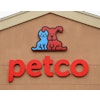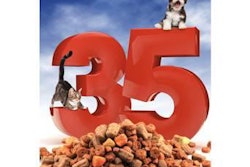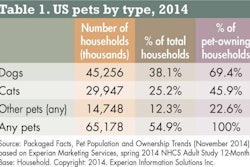As another year draws to a close, experts from throughout the petfood industry are sharing insights on upcoming or continuing trends, projections for petfood market changes and events, and similar prognostications. I won't pretend to have the same level of clarity in my crystal ball; rather, the questions most on mind regarding the near-term future of our industry encapsulate many of the predictions I'm seeing from multiple sources:
- Will mergers and acquisitions (M&A) among petfood players continue at the same pace as over the past few years?
- More to the point, will we continue to see the same level of high-profile M&A activity our industry has experienced the last two years? Will the two largest petfood companies—Mars Petcare and Nestlé Purina PetCare—continue to gobble up other players large and small? Are we likely to see any others among the top 10 petfood companies globally exit the industry entirely, as P&G did this year?
- Much of the M&A and investment activity has been fueled by venture capitalists and private equity funding, including the just-announced acquisition of PetSmart. Given the recent slowdown in petfood sales growth, will this market remain as attractive to outside investors?
- Several regulations under the Food Safety Modernization Act (FSMA) go into effect in 2015, including one that will directly affect petfood: the preventive control rule for animal feed. How many petfood producers, particularly smaller ones, will be caught unprepared?
- Will the new Republican-controlled US Congress fully fund the Food and Drug Administration to implement FSMA regulations? Or will Congress even try to repeal or amend the act?
- How long can the ongoing trend of pet humanization continue—and will it inevitably clash with the law of supply and demand? More and more pet owners, especially in developed markets, want to feed their pets similarly to how they and their families are starting to eat: with premium cuts of meat and other protein sources, locally sourced ingredients, no grains or gluten, etc. (despite the lack of strong scientific evidence that these feeding methods benefit pet health). And petfood companies have been admirably meeting and even leading consumer demand. Yet, our industry is competing with the human food industry for many of these ingredients, especially protein sources, as the world’s population grows and incomes increase, allowing more people globally the ability to afford meat.
- Given this situation, when will consumers put their money where their mouth is, backing up an often stated desire to save the planet by actually purchasing (including sometimes paying higher prices for) more sustainable products? And, can a petfood company figure out how to incorporate and market by-products—very nutritious, palatable parts of rendered animals that would otherwise go to waste—in their petfood products in a way that pet owners understand the benefit of these protein sources for their pets and the environment? (Another situation where currently, humanization trumps science and supply and demand.)
- Along those lines, is 2015 the year we will finally see truly new sources of protein used in petfood—for example, insect-based protein? Or protein from animals considered pests in some regions, such as the brushtail possum in New Zealand, now being used as a protein source for Awesome Possum Treats from Addiction Foods. (The treats are so new that the website for them is not operational yet.)
- Speaking of treats, will we see an explosion of new forms and formats as pet treat sales continue to soar globally? (You can experiment with making new types of treats at Petfood Innovation Workshop: Next Generation Treats on April 27, 2015, in conjunction with Petfood Forum.)
Many petfood professionals have opinions on these and other pertinent questions for our industry, but no one yet has definitive answers. It will be fun seeing if—and how—any of these questions are addressed in 2015 and beyond.



















